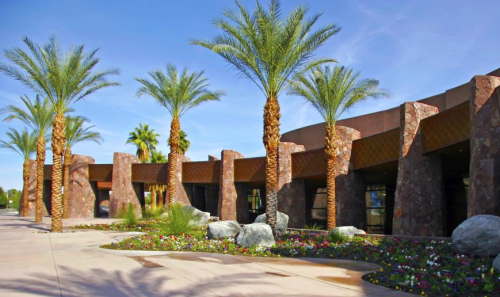About Palm Springs, California
 Palm Springs is a desert resort city located in Riverside County, California. It is within Coachella Valley and is located approximately 55 miles east of San Bernardino, 107 miles east of Los Angeles and 123 miles northeast of San Diego. It has a population of 45,000 according to the 2010 census. Palm Springs is approximately 94 square miles making it the largest Riverside County by land area.
Palm Springs is a desert resort city located in Riverside County, California. It is within Coachella Valley and is located approximately 55 miles east of San Bernardino, 107 miles east of Los Angeles and 123 miles northeast of San Diego. It has a population of 45,000 according to the 2010 census. Palm Springs is approximately 94 square miles making it the largest Riverside County by land area.
Palm Springs has more than 350 days of sunshine and less than 5 inches of rain. The winter temperature averages to 70 degrees Fahrenheit at night topping to mid 40 degrees Fahrenheit. The summer heat averages to 100 degrees Fahrenheit at daytime temperatures making it one of the places people go to during summer season.
Palm Springs is home to many events such as the Palm Spring International Film Festival and Coachella.
Services we offer in Palm Springs :
E Waste Recycling
Hard disk destruction
Destruction of Products
Kits for Recycling
See other cities in Riverside County
